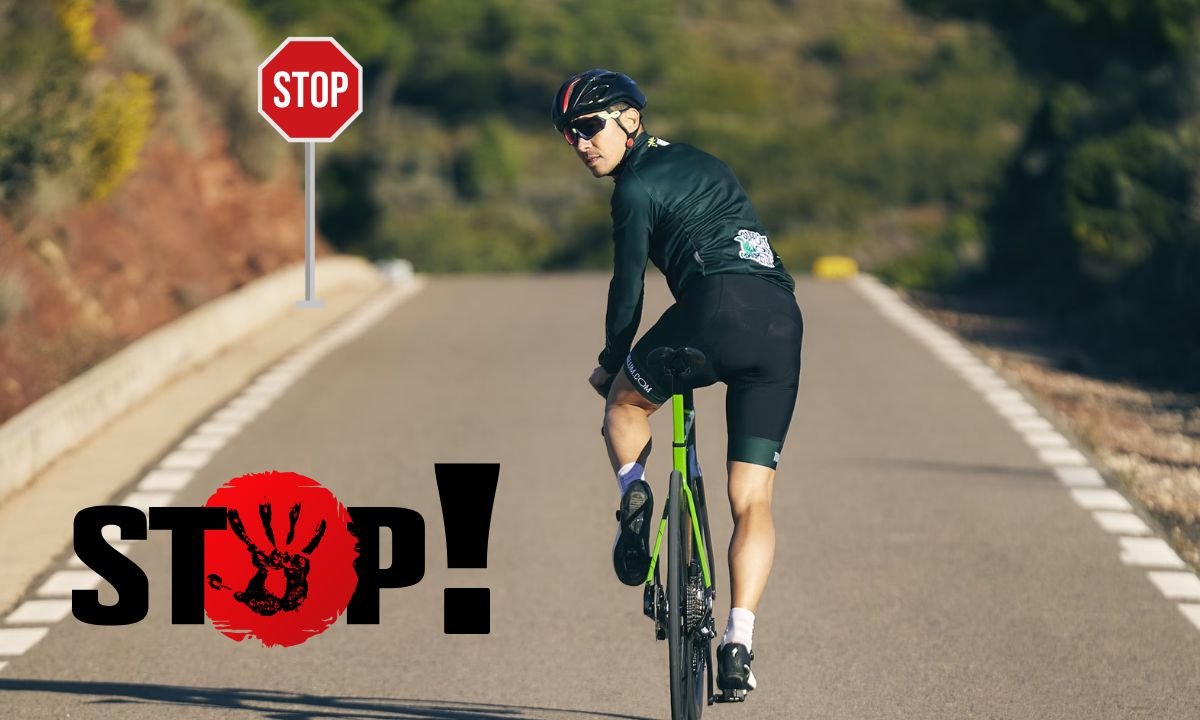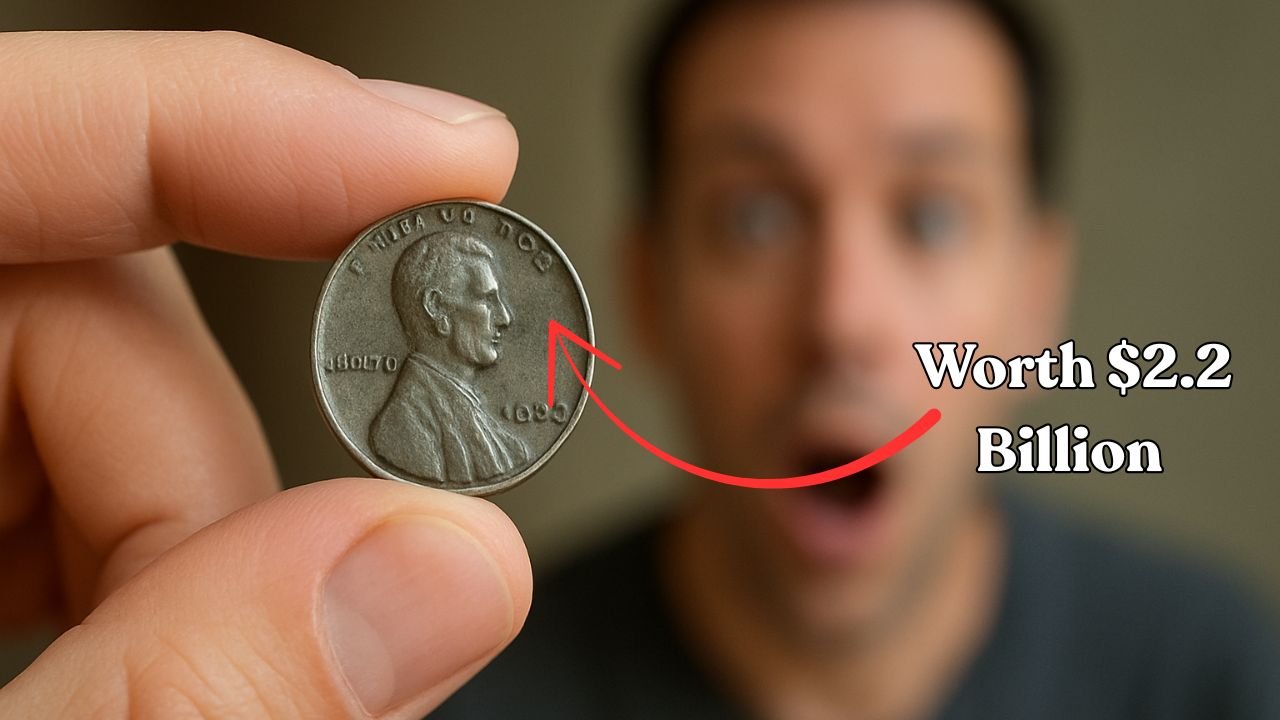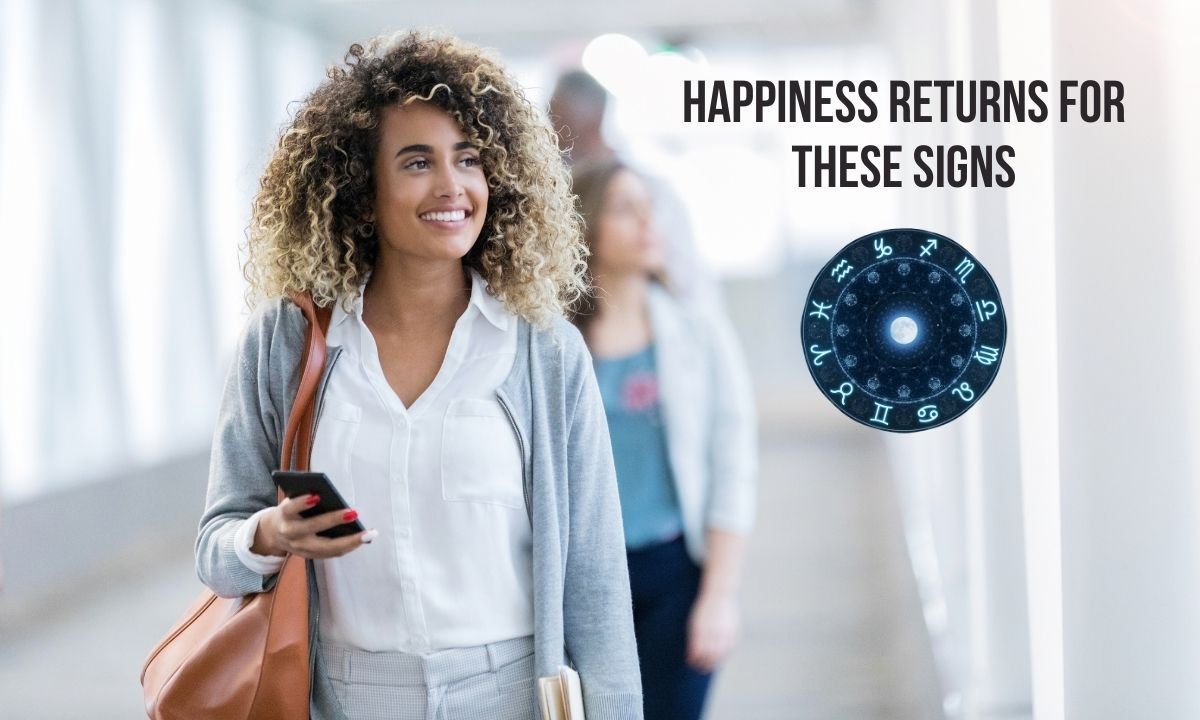If you ride a bike, you’ve probably faced this moment: you’re rolling toward a stop sign, no cars around, and you wonder—do I really need to stop completely? Or can I just slow down, look, and keep going? It’s one of the biggest questions cyclists ask, and the answer isn’t always simple. Let’s clear up the confusion and see what the law actually says about cyclists and stop signs.
Why Stop Signs Matter for Cyclists
Stop signs are designed for safety, not to slow us down for no reason. They’re there to prevent crashes at intersections where it’s hard to see other road users. For cyclists, stopping can sometimes feel unnecessary—especially if the road is empty. But here’s the thing: traffic laws usually treat bicycles like vehicles. That means the same rules that apply to cars, apply to bikes too, including stop signs.
Do Cyclists Have to Stop Like Cars?
In most places, yes. The law says if you’re on a bike, you must stop at stop signs just like a driver would. That means coming to a complete stop, putting your foot down if needed, and waiting your turn. If you roll through without stopping, you could technically get a ticket.
But here’s the twist: not every state or country follows the same rule. Some areas have made special laws just for bikes, and those laws treat stop signs a little differently.
The Idaho Stop: A Rule Just for Cyclists
Ever heard of the “Idaho Stop”? It’s a law that started in Idaho back in the 1980s, and it’s slowly spreading to other places. The rule is simple: cyclists don’t have to come to a full stop at stop signs if the way is clear. Instead, they can slow down, check for traffic, and then roll through safely.
Think of it like this—you’re walking through your house at night. You don’t come to a dead stop at every doorway, right? You just slow down, peek around the corner, and keep going if it’s safe. That’s basically what the Idaho Stop allows for bikes.
Why Some Places Allow Rolling Stops
The idea behind this rule is that cyclists don’t need the same kind of stop as cars. Bikes move slower, they’re easier to maneuver, and they don’t cause as much damage in a crash. Plus, stopping and starting on a bike takes a lot more energy than in a car. By letting cyclists roll through safely, it keeps traffic flowing and makes biking more enjoyable.
Supporters say it even makes the roads safer, because cyclists spend less time stuck in the middle of intersections. But of course, not everyone agrees. Some drivers feel like it’s unfair that bikes get “special treatment,” while they still have to stop completely.
What Happens If You Don’t Stop?
If you’re in a place where the Idaho Stop isn’t the law, and you roll through a stop sign, you could get fined. Police officers do give out tickets to cyclists for not stopping, though it often depends on the situation. If the street is busy or you cut off a car, expect trouble. If it’s empty, you might get away with it—but legally, you’re still breaking the rule.
How to Know What the Law Says in Your Area
The safest thing to do is check your local traffic laws. A quick online search with “bicycle stop sign law” and your state or city should tell you what’s expected. And when in doubt? Play it safe and stop. It might take a couple extra seconds, but it saves you from tickets—and possibly an accident.
Staying Safe at Stop Signs
Even if you live somewhere with the Idaho Stop, the key is safety first. Always slow down enough to really look both ways. Make eye contact with drivers if they’re nearby, and never assume they see you. Remember: just because you can roll through doesn’t mean it’s always the smart choice.
Last Thought
Cyclists and stop signs can feel like a gray area, but the truth is pretty clear. In most places, bikes have to stop just like cars. But in states with Idaho Stop laws, cyclists get a little more freedom. At the end of the day, whether you stop completely or roll through slowly, the goal is the same—staying safe and sharing the road responsibly.
FAQs
Do cyclists always have to stop at stop signs?
Not always. In most places yes, but in some states with Idaho Stop laws, cyclists can slow down and roll through if safe.
What is the Idaho Stop law?
It’s a law that lets cyclists treat stop signs as yield signs. They don’t have to stop fully if the road is clear.
Can cyclists get tickets for not stopping?
Yes. If the Idaho Stop isn’t legal in your area, you could get fined for rolling through a stop sign.
Why do some places allow Idaho Stop?
Because bikes are slower, easier to control, and less dangerous than cars. Rolling stops keep cyclists safe and traffic flowing.
What’s the safest thing to do at a stop sign?
Slow down, check carefully, and stop if there’s any doubt. Safety always comes first.






